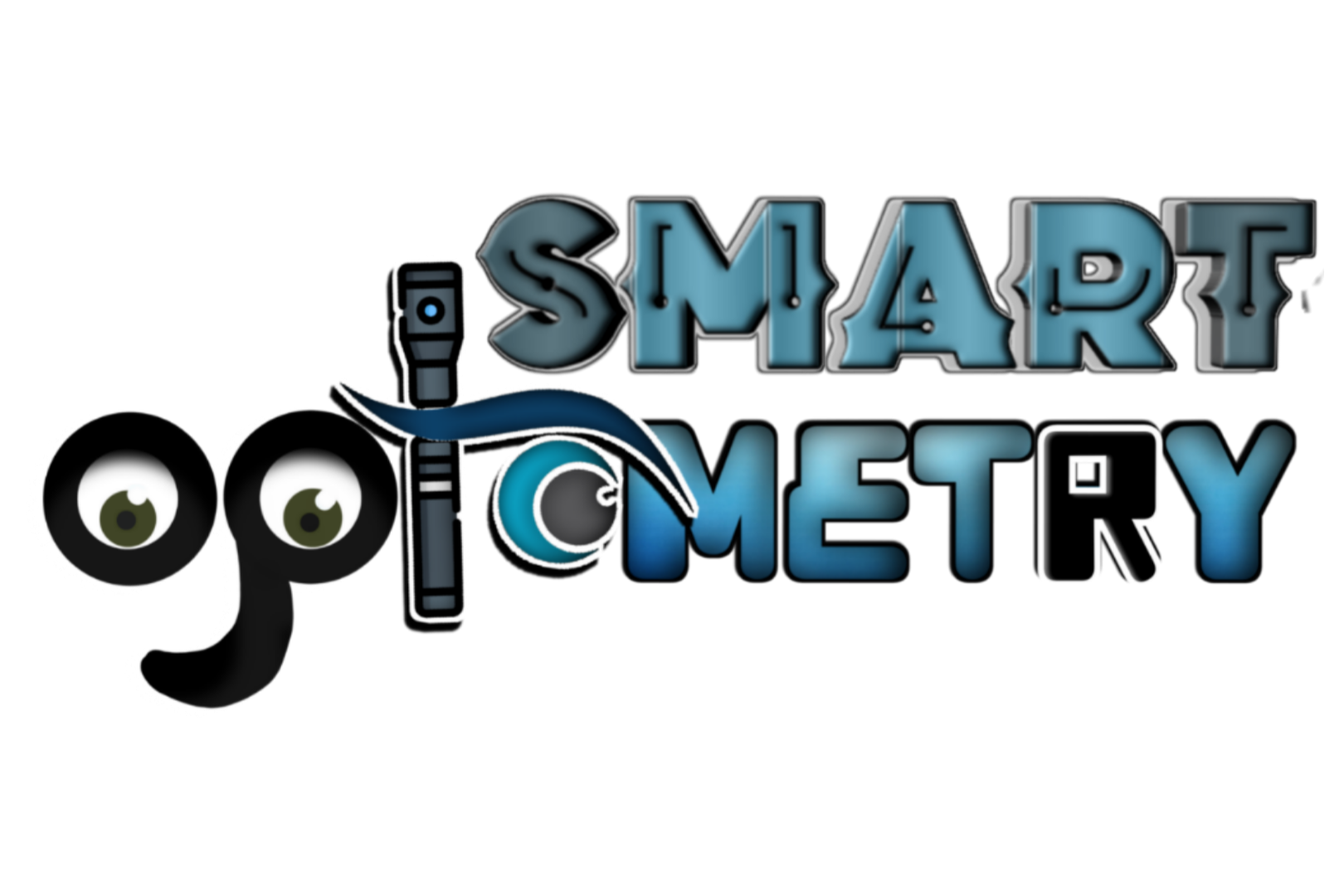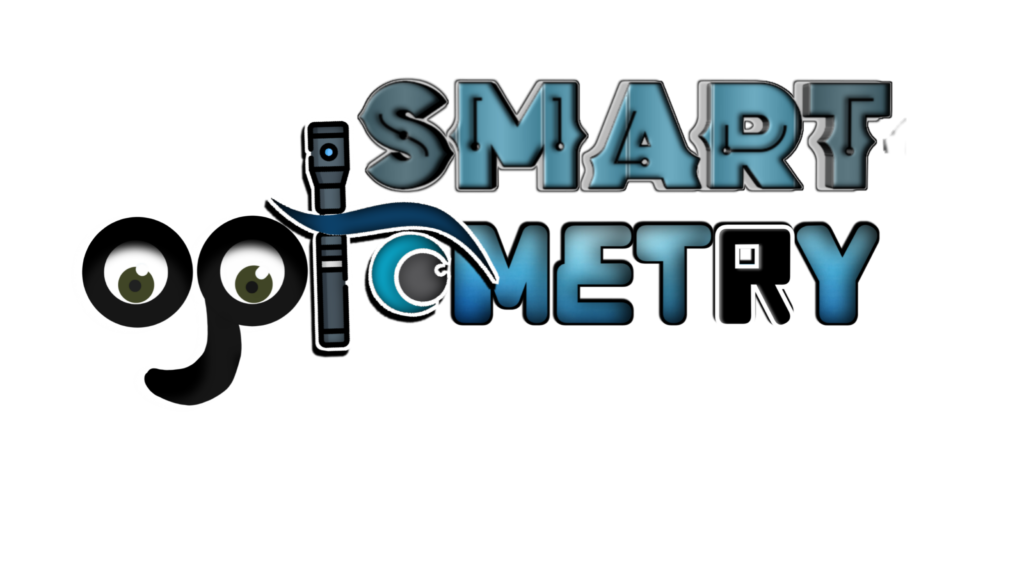
Perimetry vs Perimeter:
- Measurement of the extension of visual field or degree of visual field defect is called Perimetry.
- The instrument used to examine visual field is called Perimeter.
- With this technique, loss of visual function can usually be detected and quantified before the patient becomes aware of it.
- Perimetry helps us to assess visual integrity between the retina and visual cortex, understanding functional abilities of Visual pathway & diagnose a vision-Brain condition.

What is Visual Field?
Visual Field:
- Visual Field is a three-dimensional area of subjects’ surroundings that can be seen at any one time around an object of fixation when eyes are stationary and looking straight ahead.
Types Of Visual Field:
Central Visual Field:
- From a central fixation point to a circle of 30 degree is called central visual field.
- It consists of blind spots formed by the optic nerve head.
Peripheral Visual Field:
- Rest of the area beyond 30 degrees to outer extent.
.
.

Visual Field- Range:
Superior: 50 deg
Nasal: 60 deg
Inferior: 70 deg
Temporal: 90 deg
What is Threshold in Perimetry?
- The minimum amount of light required to see an object is called threshold.
- In our retina fovea has the finest threshold even with very dim light able see object.
- Threshold increases from fovea to periphery and when threshold increases, we need brighter light to see object.
- Fovea is most sensitive due to the presence of more cone cells than peripheral retina.

Hill of Vision of Visual Field:
- Retinal light sensitivity can be represented as “Hill of Vision”
- The peak of the hill represents the fovea which has the highest sensitivity.
- Two slopes represent the nasal and temporal retina where sensitivity to light is decreasing gradually.
What is Scotoma in Perimetry?
Scotoma:
- When particular point in the retina is required brighter condition to see an object or not able see at all is called scotoma.
Relative Scotoma:
- When in a particular area in retina, the threshold is increased or need brighter light than normal to see object, then it is called Relative Scotoma
Absolute Scotoma:
- When in a particular area in retina, can’t detect the target even with the brightest (maximum) light is called Absolute Scotoma.
.
.

How Perimeter Works:
- Perimetry can be of:
- 1. Manual Perimetry.
- 2. Automated Perimetry.
How Manual Perimetry works:
- In manual perimetry, we generally measure the extension of visual field.
- We bring a target from periphery to central fixation.
- Patient is asked to tell at which position he is able to see the target while patient is fixating at central point.
- Based on patient response examiner documents the visual field extension.
Automated Perimetry– How does a computer assisted software detect visual field or visual field defect?
How automated Perimeter Works:
- In our retina fovea has the finest threshold even with very dim light able see object.
- That means in our retina in different point we have different threshold to see an object.
- What software does, they flash different intensity of light (0 to 50 db) in a particular point to identify the threshold of that point.
- When they identify the threshold of that point, they compare this threshold with the data they have for the same age for this particular point.
- If the threshold is higher than the normal data, they have for the same age group then they show scotoma or visual field defect in that particular point.
- This is how they identify threshold of different points in the retina and then compare with the normal threshold for the same age group and give interpretation.
.
.
Indications of Perimetry/Visual Field Analysis:

a. Perimetry in Glaucoma:
- Early detection and a wider damage spectrum of glaucoma can be diagnosed and monitored over longer periods of time.
- For the management of advanced stages of glaucoma, perimetry is the method of choice.
b. Visual Field Analysis in Certifications:
- Certification of the existing visual performance, for example, for driver license testing and for legal blindness tests.
c. Perimetry in Neurological issues:
- Strokes causes characteristic Visual Field loss that can be identified with perimetry.
- Neurologist sometimes refers such patient to ophthalmologist for visual field examination.
d. Perimetry in Retinal Diseases:
- Progression of retinal diseases can be monitored by regular checking visual fields. Such as:
- Retinitis Pigmentosa,
- Diabetic Retinopathy etc.
Methods of Perimetry/Visual Field Analysis:

Kinetic Perimetry:
- Stimulus of known luminance are moved from periphery to center to identify visual field extension.
Example:
- Confrontation perimetry
- Lister’s perimetry
- Tangent screen Scotometry
- Goldmann perimetry.
Static Perimetry:
- Presenting a stimulus at a predetermined position for a preset duration with various luminance to identify threshold and suprathreshold.
Example:
- Automated Goldmann perimetry.
- Friedmann Visual Field Analyzer.
- Automated Visual Field Analyzer.
.
.
Central vs Peripheral Perimetry:

Central Visual Field Analysis:
- Asses only Central visual field or visual field defect.
Example:
- Scotometry.
- Goldmann perimetry.
- Automated Perimetry.
Peripheral Visual Field Analysis:
- Assess only peripheral visual field defect
Example:
- Confrontation.
- Lister’s perimeter.
Manual vs Automated Perimetry
Manual Perimetry:

- Manual procedure to identify the extension of visual field.
Example:
- Confrontation.
- Lister’s perimeter.
- Goldmann Perimeter.
Automated Perimetry:
- Computer based system to identify visual field defect.
Example:
- Humphrey Visual Field Analyzer.
- Friedmann Visual Field Analyzer.
- Octopus Visual Field Analyzer.
.
.
.
- Check Our Courses: Ophthalmic Instrumentation, Clinical Refraction, Contact Lens, Binocular Vision, Dispensing Optics, MCQs in Optometry
- Download our App “Optometry Notes & MCQs” from Google Play Store.




